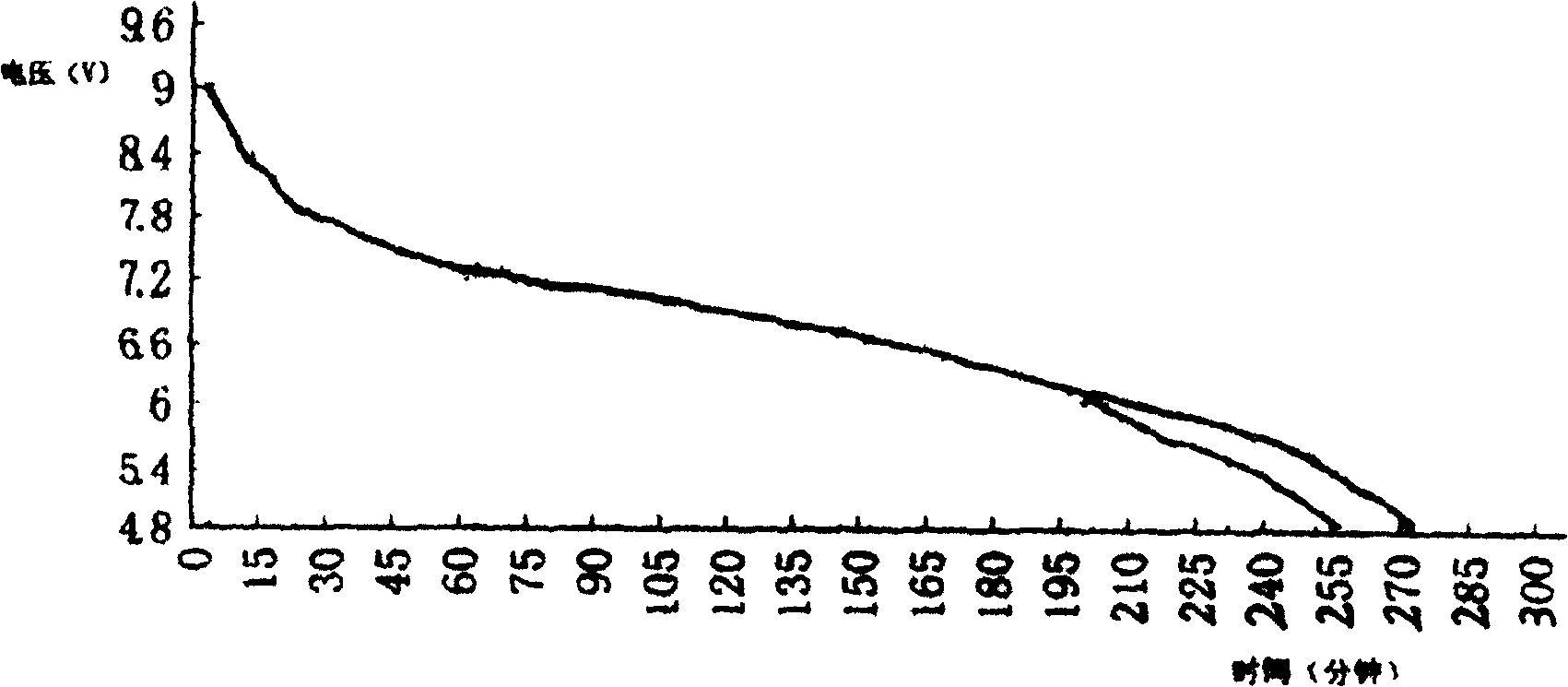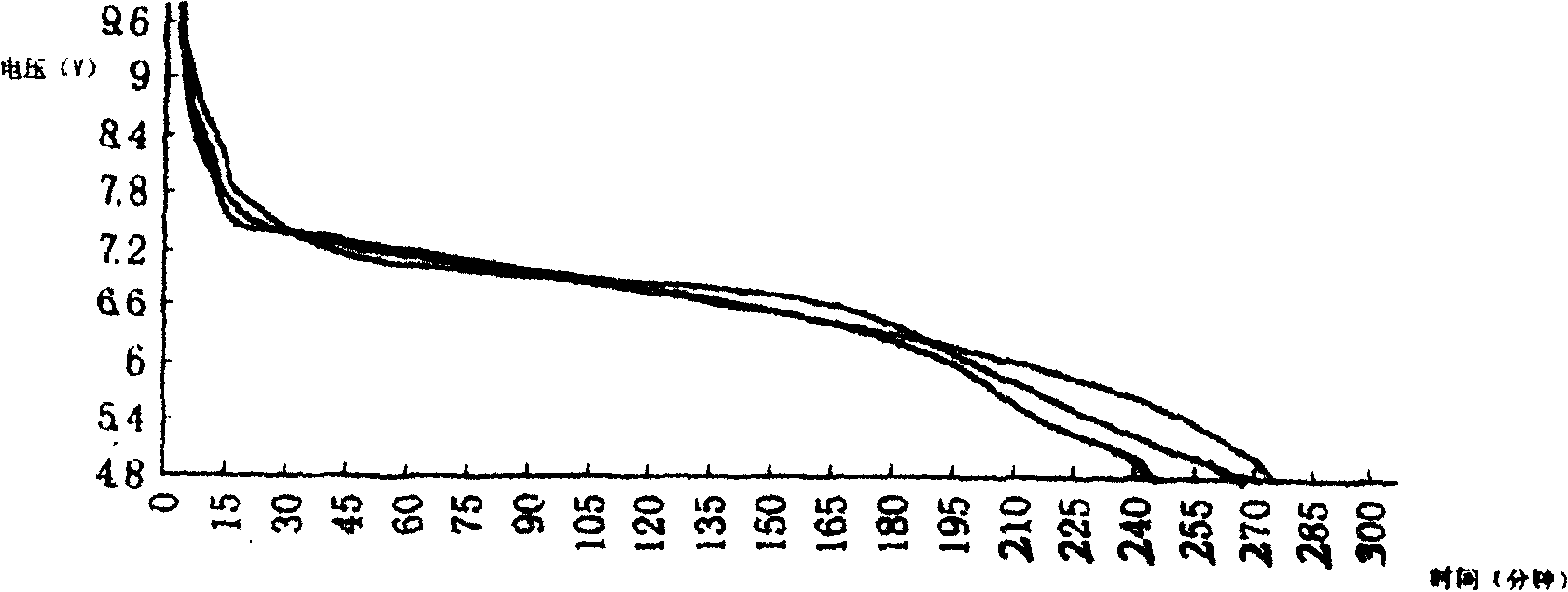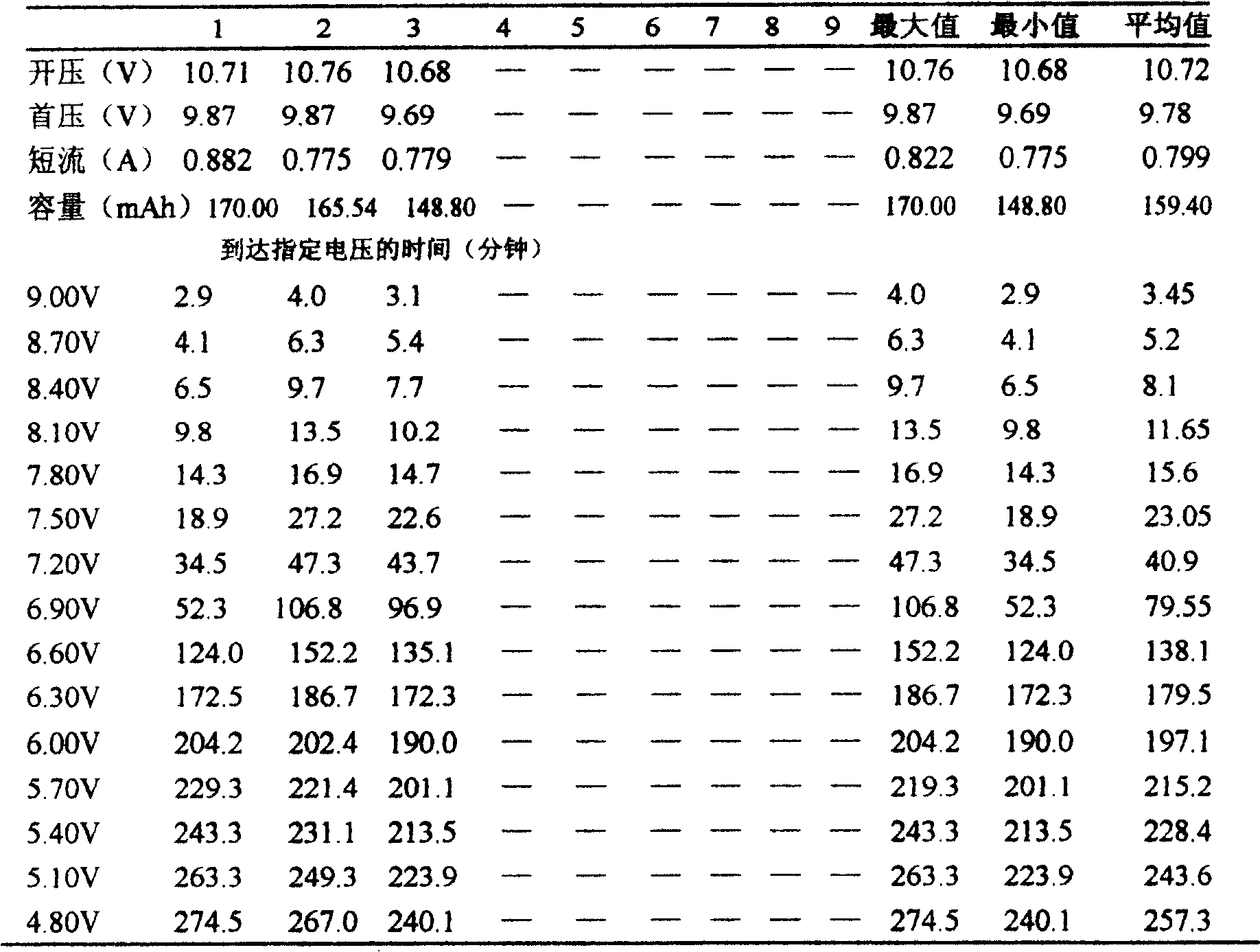Zinc material for environment protection battery and its manufacturing method
A battery and environmental protection technology, applied in the electrodes, battery electrodes, circuits of primary batteries, etc., can solve the problems that zinc-manganese batteries do not really meet the requirements of environmental protection and cannot be achieved, so as to reduce harm to human beings and reduce intergranular Corrosion, the effect of improving corrosion resistance
- Summary
- Abstract
- Description
- Claims
- Application Information
AI Technical Summary
Problems solved by technology
Method used
Image
Examples
Embodiment Construction
[0031] The zinc material for environment-friendly battery of the present invention is in pure zinc (its impurity content weight ratio Pb≤0.03%, Cd≤0.001%, Fe≤0.003%, Cu≤0.001%), add Mg, Al, Ti, wherein: Mg ≤0.0015%, Al<0.02%, Ti<0.05%; among them, Mg is used to replace the Cd added in the zinc material for the primary battery, and Al and the rare element Ti are used to replace the Pb added to the existing battery zinc material.
[0032] The manufacturing method of above-mentioned battery zinc material, its operation steps are as follows:
[0033] a. Prepare Zn-Mg-Al-Ti alloy;
[0034] b. Heating and melting the above alloy on a flame type reverberatory furnace, and then stirring to remove slag;
[0035] c. Add intermediate alloying elements;
[0036] d. Sampling, analysis and testing in front of the furnace, after all indicators meet the standards;
[0037] e. Using the wheel-type casting method, the coil is rolled by using a two-roller single stand;
[0038] f. Install qu...
PUM
 Login to View More
Login to View More Abstract
Description
Claims
Application Information
 Login to View More
Login to View More - R&D
- Intellectual Property
- Life Sciences
- Materials
- Tech Scout
- Unparalleled Data Quality
- Higher Quality Content
- 60% Fewer Hallucinations
Browse by: Latest US Patents, China's latest patents, Technical Efficacy Thesaurus, Application Domain, Technology Topic, Popular Technical Reports.
© 2025 PatSnap. All rights reserved.Legal|Privacy policy|Modern Slavery Act Transparency Statement|Sitemap|About US| Contact US: help@patsnap.com



